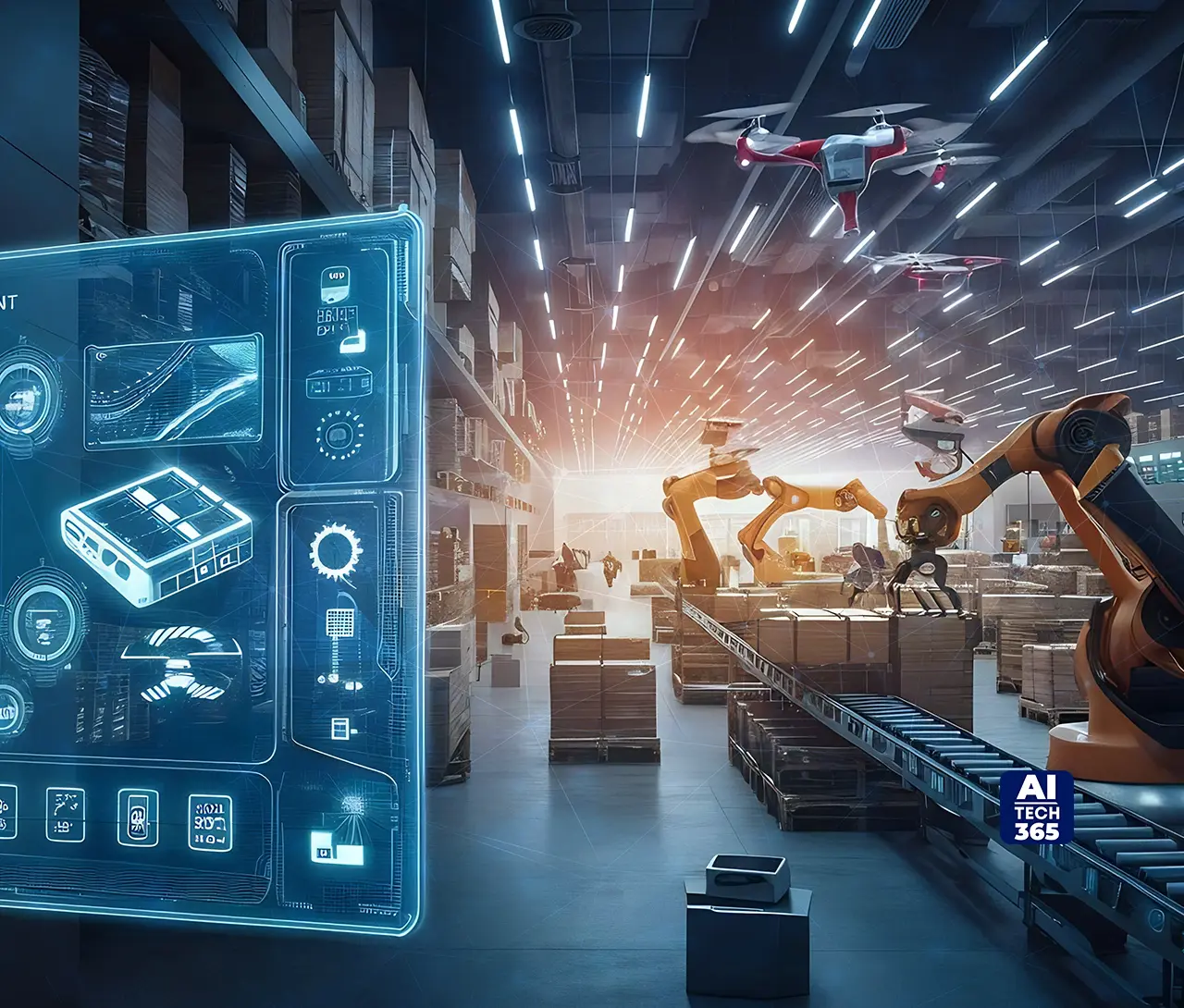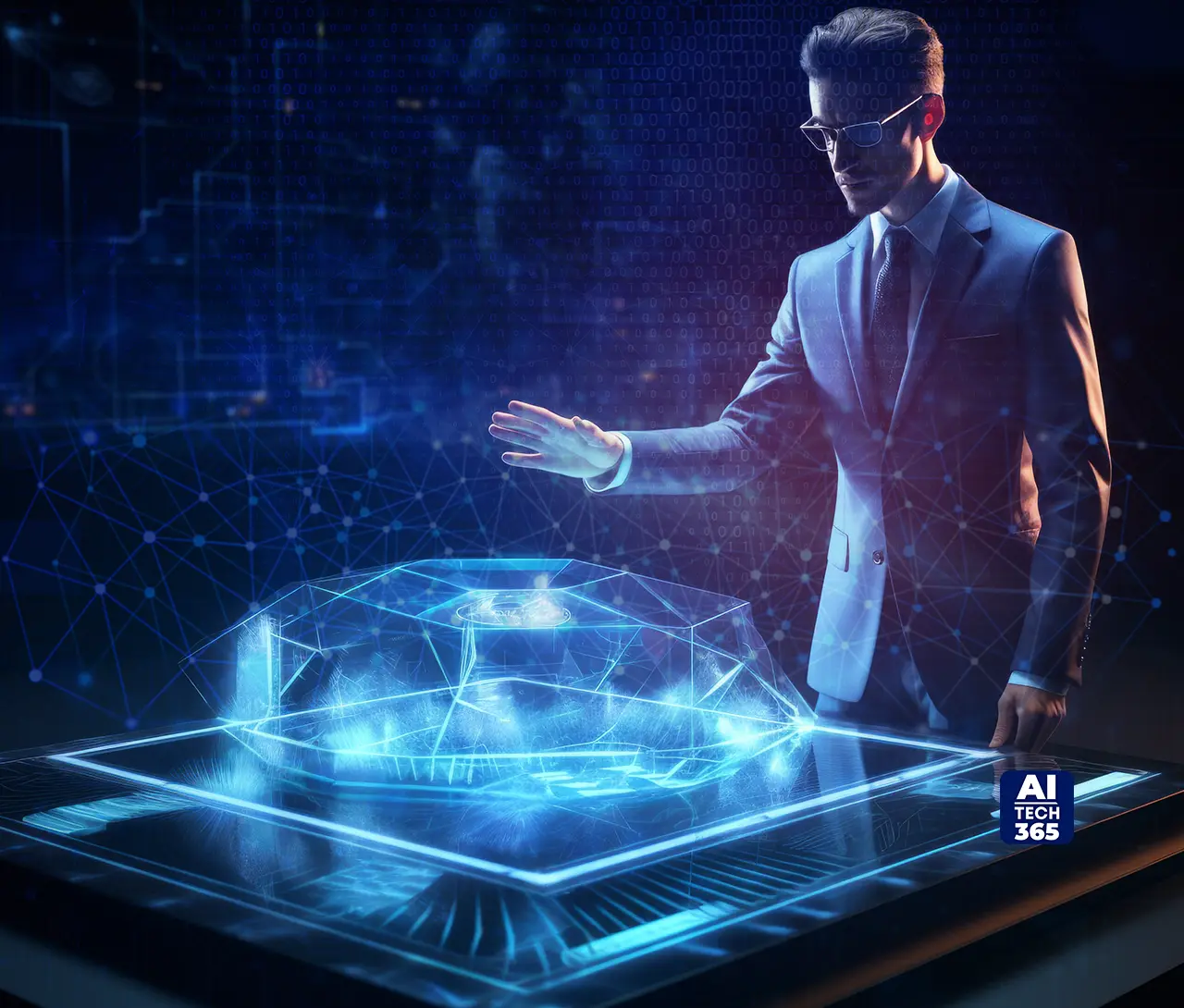Vehicles back in the day were constructed as if they were completely isolated islands. The design was made by the engineers, the factories were the ones putting them together, and the marketers were the ones trying to get consumers to want the product. Each process was independent and there were miscommunications that resulted in errors. Tesla asked a simple question: what if the car, the factory, and the customer could all learn together, in real time?
Tesla’s answer is a unified AI stack that links the Gigafactory and the vehicle into a single, continuously learning feedback loop. The factory collects data, improves production, and informs design, while cars on the road feed performance insights back to engineering teams. This system isn’t just about building cars faster. It’s about AI to optimize manufacturing and marketing, combining operational efficiency with smarter customer engagement. The results are crystal clear. Tesla’s people, in 2024, have taken precautions and refrained from discharging close to about 32 million metric tons of CO₂e into the air.
Tesla’s AI Revolution in Manufacturing
Making a car isn’t just about putting pieces together anymore. It’s about managing chaos in the most organized way possible. Thousands of parts, each with their own specs, have to come together at the right moment. Tesla looked at that chaos and thought differently. What if the factory itself could think? That’s where their idea of the ‘machine that builds the machine’ comes in. AI runs deep inside their production lines, not just to automate but to make the system smarter over time. The Gigafactory isn’t just a building. It’s a living computer that learns how to build better, faster, and cleaner every single day.
The secret behind that control is vertical integration. Tesla doesn’t just rely on outside suppliers for big chunks of its process. It owns the full flow, from battery production and metal stamping to assembly. AI is watching and adjusting at every stage. It studies heat levels, torque pressure, paint thickness, everything that can go wrong or right. This gives Tesla full command over its quality and timeline. Each robot and sensor talks to the central brain of the factory, which keeps learning and improving in real time. That’s how the whole system starts feeling less like a factory and more like a self-improving loop.
And then comes precision. Every weld, every coat of paint, every small fit is scanned by computer vision models trained to notice details even the sharpest human eye can miss. These AI inspections happen at lightning speed, catching defects before they even become a problem. On top of that, Tesla’s predictive maintenance system keeps an eye on the machines themselves. Sensors provide vibration and temperature information to machine learning models which are capable of predicting the failure of a press or a robot. It is comparable to endowing the machines with a sixth sense, thus enabling them to prevent breakdowns and keep the production lines moving in a uniform manner.
Energy use is treated with the same smart mindset. AI systems manage the air conditioning, lighting, and power usage across Gigafactories to cut waste without affecting performance. This isn’t just about saving money. The main point is to accomplish sustainability objectives without giving up efficiency. A report from the U.S. Department of Energy issued in June 2024 indicated that the production of battery cells in North America would exceed 1,200 GWh by the year 2030. This volume would be sufficient to furnish electricity to as many as 15 million electric vehicles annually. It’s a clear sign of how much manufacturing is scaling up, and AI is sitting right at the center of it.
Tesla shows that AI to optimize manufacturing and marketing isn’t some distant idea. It’s happening right now. When the machines, sensors, and software all start learning together, the result isn’t just faster output. It’s a smarter ecosystem that keeps improving on its own. That’s not the future of manufacturing. That’s what’s already being built today.
Also Read: AI in 2026: Trends Every Leader Should Watch
Tesla’s AI Ecosystem and the Power of the Data Moat
Here’s where Tesla flips the script. Most companies build a product, sell it, and call it a day. Tesla sells a car that keeps learning. Buying a Tesla isn’t just a purchase, it’s signing up for an ongoing experiment in AI-driven progress. Every update, every tweak, every new feature is part of the same game. The real marketing isn’t in ads or slogans. It’s in how the product keeps getting better on its own.
Full Self-Driving, or FSD, sits at the center of this ecosystem. It’s not just a driver assist system, it’s Tesla’s biggest feedback machine. Millions of cars on the road are constantly collecting real-world data. Every brake, turn, and close call becomes training material. That data goes into Tesla’s Dojo supercomputer, where neural networks train to understand what better driving looks like. The improved models are then pushed back into the cars through over-the-air updates. The loop never ends. Collect, train, deploy, repeat. That’s how Tesla builds its competitive data moat, one that keeps getting deeper every day.
This closed feedback system is possible because Tesla skipped the dealership middlemen. It owns the entire customer relationship. That means when a driver experiences something, Tesla knows it instantly. No waiting for surveys or second-hand dealer reports. Direct data, direct feedback, direct upgrades. This makes Tesla faster, more responsive, and way more aligned with what customers actually want. It’s a marketing system that runs on trust and iteration instead of ad budgets and guesswork.
And that trust is paying off. In the second quarter of 2025, Tesla recorded one crash for every 6.69 million miles driven with Autopilot or FSD engaged. That’s not a perfect number, but it’s a strong signal that the system is learning at scale. Each mile driven makes the AI sharper and the safety net stronger.
Tesla also uses AI to personalize the entire ownership experience. Think of insurance that adapts to your driving style or predictive service that knows when your car needs attention before you do. It’s the kind of detail that builds long-term loyalty. On top of that, software-based upgrades and subscriptions have turned the car into a revenue engine. Tesla doesn’t need to wait for the next sale. It earns while improving the same product people already drive.
That’s what actually lies under the surface. Tesla is not merely the manufacturer of electric vehicles. It is the creator of a constantly improving data ecosystem in which each driver, every mile, and every software update become part of the next version. The product keeps getting smarter with more driving, and Tesla’s moat keeps getting deeper. This is where artificial intelligence for manufacturing and marketing optimization escalates to be a much larger phenomenon, a self-propagating cycle of innovation that makes the others lag behind constantly.
The Synergy that Closes Tesla’s AI Loop
Everything Tesla builds talks to everything else. The cars feed data to the factory. The factory feeds insights to the design team. The design changes feed right back into how the next car is made. It’s not a linear process anymore. It’s a loop that learns.
When AI studies manufacturing data from Gigafactories, it doesn’t just track efficiency. It looks at how every piece behaves under pressure. For example, if stress points show up on Gigacastings or a batch of battery cells starts degrading faster than expected, those insights go straight into design tweaks for the next model. Tesla doesn’t wait for quarterly reviews or a new model year to fix things. AI makes adjustments a continuous process. The feedback moves directly from the floor to the drawing board.
The same loop works in reverse too. Real-world FSD data often uncovers limits in the car’s physical hardware. Maybe a sensor’s position isn’t giving the best field of view or a camera’s resolution isn’t cutting it in bad weather. Instead of noting it for a future release, that feedback is pushed straight to engineering teams in the Gigafactory. The result is what you’d call simultaneous engineering, where software and hardware evolve together. It’s what gives Tesla the speed and agility that traditional automakers can’t replicate.
Then there’s Optimus, the humanoid robot that might sound like science fiction but fits perfectly into this circle. Tesla isn’t building it just to grab headlines. The robot is trained on the same AI backbone that powers FSD. It learns by watching how cars see the road, how they move, and how they make decisions in real time. Eventually, that same intelligence will step onto the factory floor. Optimus won’t just follow instructions. The system will take on the functions that are dirty, chaotic, and in a state of flux all the time. Picture a machine that not only echoes the instructions but is so aware of the process that it can even make changes as it goes along. This is the path along which Tesla’s environment is moving.
The scale of what’s happening here is huge. The International Energy Agency says global electric car sales in 2025 will pass 20 million. That’s more than a quarter of all cars sold worldwide. As the market grows, Tesla’s AI loop becomes an even bigger advantage. While the other car manufacturers are still trying to meet the high demand, Tesla is already considering the flow of information through its entire system. It’s a feedback loop that learns quicker, adapts faster, and ever so slowly keeps widening the gap between Tesla and others who are hard pressed to keep up.
Lessons for the Business Technology Leader
Tesla shows that AI isn’t just a tool for tech teams. The first lesson is vertical integration. AI thrives only when data flows freely between R&D, manufacturing, and customer feedback. Silos kill speed and learning.
The second lesson is to see the product as a sensor. Cars aren’t just items to sell. Every mile driven and every feature used generates data that feeds back into the system. Leaders should treat products as active contributors to continuous improvement.
Finally, software is core, not a side task. AI to optimize manufacturing and marketing isn’t just about efficiency. It also creates new revenue streams. Tesla’s regulatory credit sales fell 50% in Q2 2025, yet software-driven services and subscriptions continue to grow, proving the shift is real and profitable.


